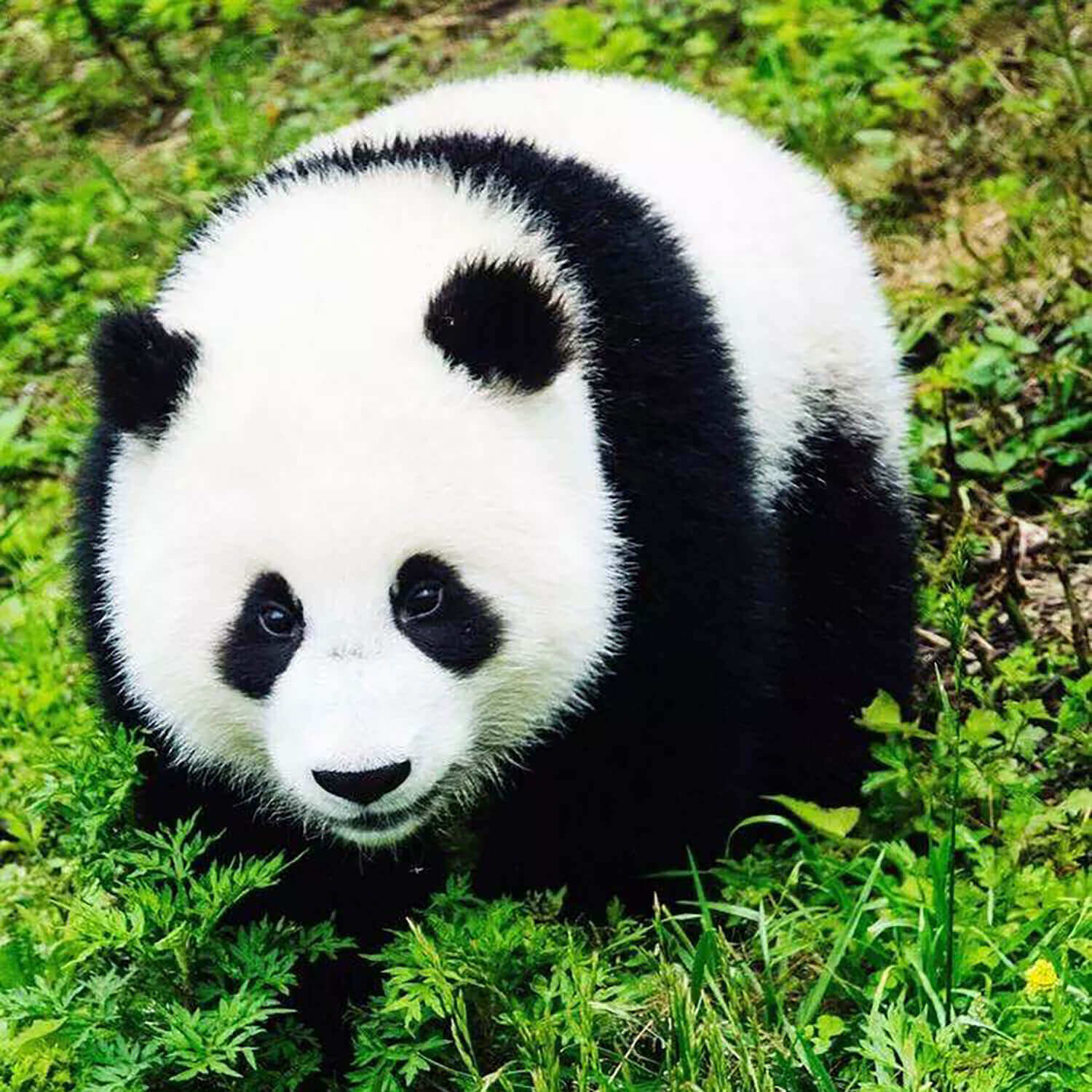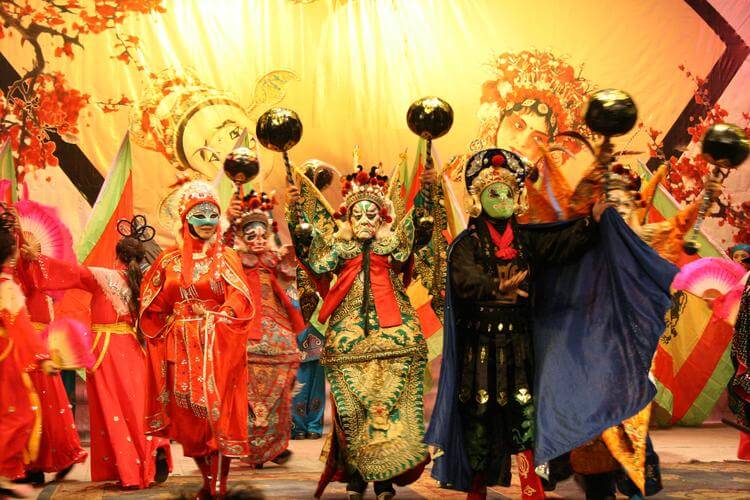Brief Introduction About Chinese Cotton Tiger

Cotton tiger also call as cloth tiger, its originated from the tiger totem worship. Primitive society (Before 2100BC), the wind and lightning, the presence of fierce beasts, the fragility of human beings themselves, the powerful tiger is regarded by people as the strongest in the world. The tiger is not only brave and invincible, but also special protection of their own cubs, there is a folk saying that "tiger poison does not eat children." Therefore, people regard the tiger as the god of life protection and reproduction. Cotton tiger is the expression form of the custom of worshipping tiger in folk customs, which contains profound cultural connotation. The cotton tiger doll symbolizes the Yin and Yang, which can remove disasters and protect the peace of the doll, and can also be used as the town house totem tiger type of the family protection god.
The reason why the cloth tiger has become a representative of cloth toys is that it has a very close relationship with Chinese folk customs, which can be traced back to ancient times. As early as the Neolithic Age, about 6,000 years ago, primitive tribes had pictures similar to tigers on pottery, stone tools and jade. In the tombs of the Yangshao Culture unearthed in Henan, tigers and dragons were placed around the dead, respectively, which can be seen that the tiger's position in the hearts of the ancestors. In recent decades, a large number of rock paintings from the early Han Dynasty have been found throughout the country, and they fully reveal the image of tigers in nature, which are leaping on sheep to hunt.
In the era of low social productivity, people can not scientifically understand nature and disease, can only return to the invisible, untouchable evil spirits. People hope to defeat it, so they put this hope in the ideal hero and the tiger such as the beast. There is a reason why the tiger is the king of beasts. From frescoes in primitive tombs to works of art made of silk, ivory and wood, artists from different cultures have celebrated the tiger. The tiger has a strong body and a tall body, and is very powerful. The yellow fur is matched with a black stripe, and the clear stripe in the middle of the forehead is like a "king" word, which sets off the incomparable bravery and health, so people regard it as "the king of beasts". The image of the tiger also appears in all aspects of social life.
The earliest shape of the cloth tiger has not been studied, but its appearance is closely related to some customs spread by our folk. In today's more developed industrial production, people still love hand-stitched cloth tigers, because in its body, not only reflects the Chinese women's unique ingenuity and wisdom, more is the older generation of the new generation's expectations and blessings. From a stitch, a thread sewing, will be filled with love into it. Folk cloth tigers do not have a uniform specification style, the skillful women because of the different materials on hand, with their own aesthetic concepts to create different forms of cloth tigers.
These cloth tigers, covered with yellow cloth and artificially sewn, distorted the original shape of the tiger, greatly shrinking its body and tail, and shortening its limbs. However, the main characteristic of the tiger is not neglected at all. What's more, the tiger's head is more purposeful. Its large, round eyes and bared teeth are exaggerated. In addition to the exaggeration of the image, the tiger's expression is exaggerated more accurately and vividly. Just like the pursuit of traditional Chinese art, "not to be similar in form, but to seek similarity in spirit". This tiger image, the real tiger and the idealized tiger in the fantasy blend together, with human character, full of human feelings, so it is particularly lovely and charming, naive. These common and elegant works of art, mostly from the hands of rural women, are the crystallization of the hard work and wisdom of folk artists.
If you look closely, you can find that there are great differences in the shape of these tigers, some stable and quiet, some lively and clever. These different styles of tiger shapes have a common feature, they are based on exaggeration, deformation, with different ways to deal with the shape of the tiger, and this feature is also integrated into the folk cloth tiger body. Because of the different customs and habits of various regions and nationalities in China, it will inevitably bring different local characteristics, but no matter how the shape changes, the folk cloth tiger follows the basic characteristics of exaggerated deformation. Different regions, different customs and habits will form a variety of different shapes of cloth tigers.
The materials and processes of making cloth tigers are also different, the more common is to sew cotton and silk into shape, the interior is filled with sawdust, chaff, cotton or vanilla, and the surface is painted, embroidered, cut and paste, and other techniques depict the features and patterns of the tiger. Cloth tiger with big head, big eyes, big mouth, big tail shape to highlight the brave expression, tiger head and facial features show innocence and childishness, revealing the same cute silly behavior as children.





































Leave a comment